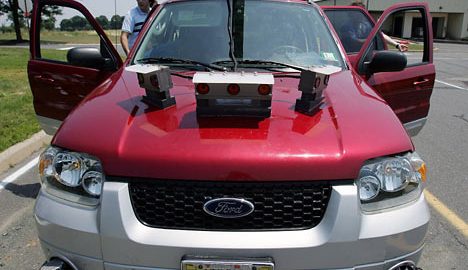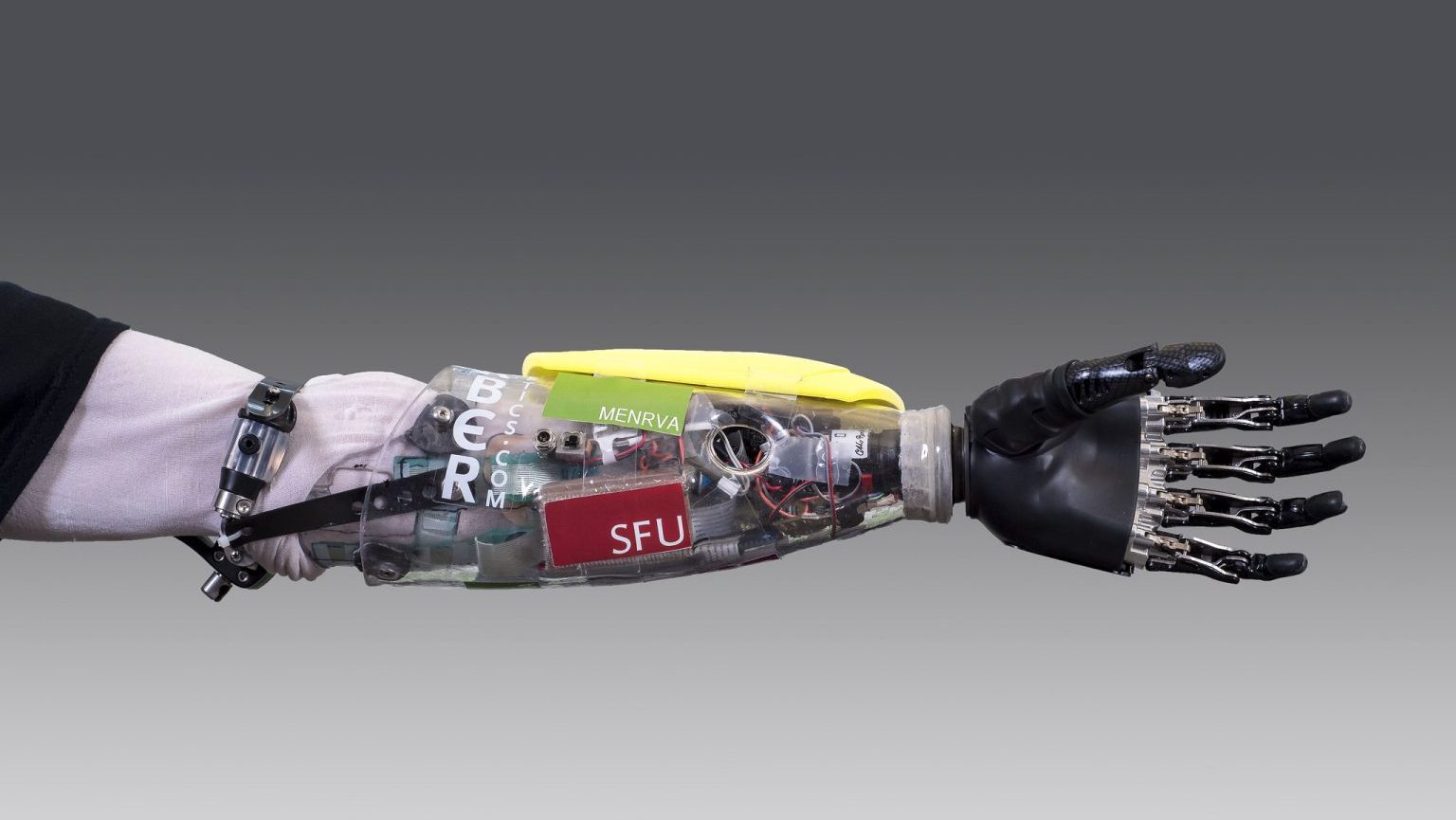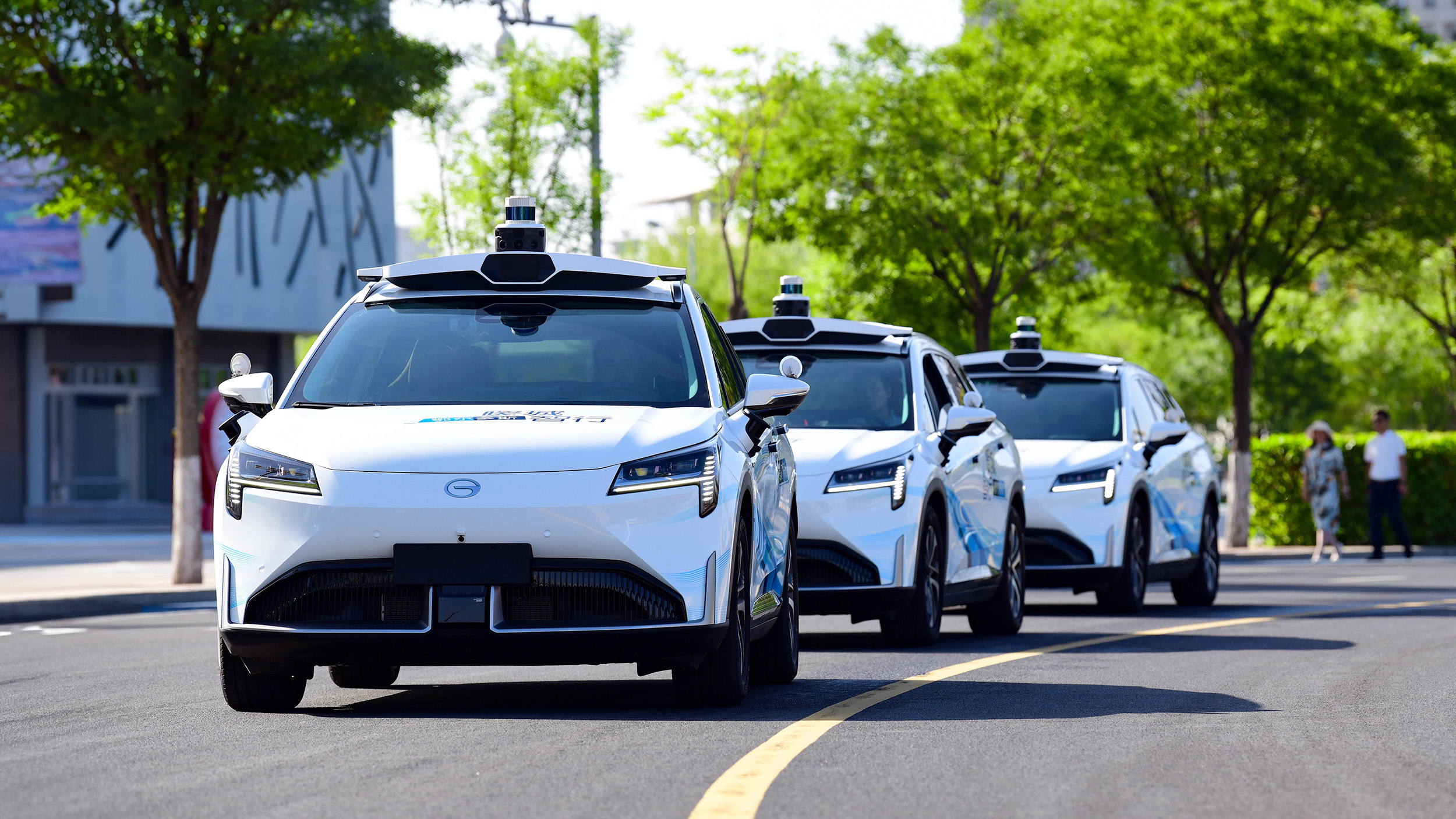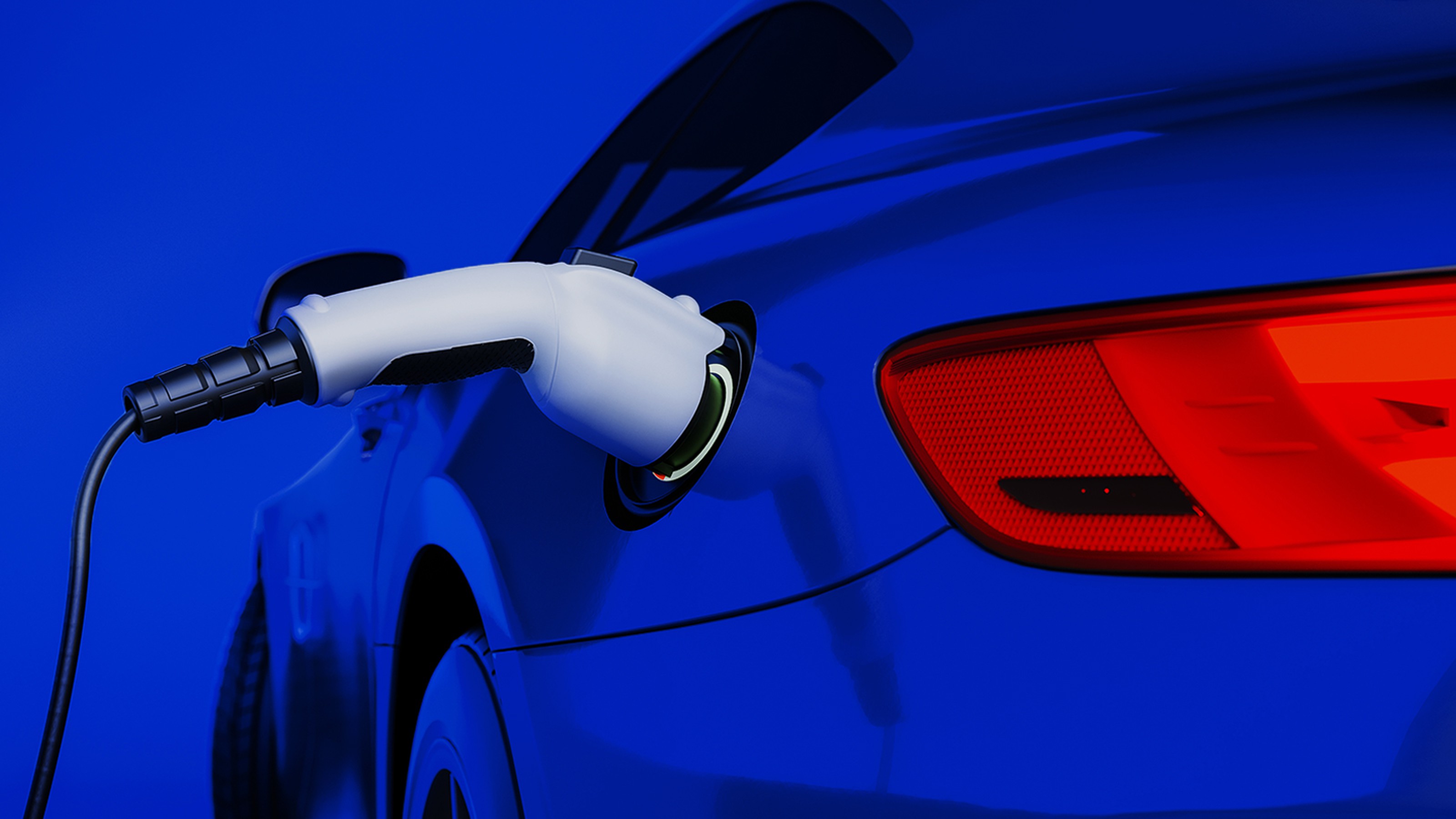You Will Never Have to Drive Again

Hours wasted behind the wheel commuting to work, taking kids to school, hurrying for soccer practice and bar mitzvahs, and the frustration caused by traffic jams and road rage – driving a car is often an unproductive and stressful exercise. Couple this with the fact that in the US, there are more than six million accidents each year (a person dies in a car accident every 12 minutes), and car crashes constitute the leading cause of death for young adults, and it is difficult to romanticize driving. Yet for most of the latter half of the last century, idealizing the driving experience was precisely what we did. Starting in the 1950s, America led the culture of big cars fueled by cheap oil used to drive long distances in and around suburbia. As recently as 2005, 87 percent of all American workers commuted to work by automobile. But now energy considerations, high oil prices, and urban congestion have taken the pleasure out of driving: we drive because we have to. Unlike the last century, Americans are not alone in their emotional response to driving: commuters in the megacities of China, India and Brazil are all feeling the traumatic after-effects of too many cars on too few roads.
For all its advantages, telecommuting is not a solution: few employers allow that option for workers, and even telecommuters can’t escape driving to the airport, church, school, and grocery store. The spotty efforts at replacing cars with bicycles in Europe give some relief to the green movement, but have failed to make a real dent in the use of motor vehicles as the major means of transportation in cities.
Enter smart cars. They drive themselves, which means you’re free to sit in the back and work, help your child with her homework, or just enjoy Jay Z’s latest track. Machines don’t get drunk, fall asleep on the wheel or make the kind of human errors that we make too easily. Smart cars on the road can calculate within the centimeter the distance between cars, can see further and react faster to unforeseen challenges than humans. They can also estimate the shortest route to a destination by processing real-time traffic information better than current GPS systems. Productivity, efficiency and safety: until they discover teleportation, smart vehicles are the best motorized way to get from one place to another. You already sit back and watch movies on planes that fly for thousands of miles on auto-pilot; why not go to work on auto-driver?
The autonomous car is not available in your nearest dealership, but there are a few trucks driving from Italy to China right now all by themselves. And that car in front of you in San Francisco may be Google’s self-driving car on its way to the company’s Palo Alto campus. These two instances of cars on auto-driver are on our roads today!
Auto-driven cars have been researched by DARPA for years, which sponsored the Urban Challenge competitions in which teams competed to traverse a 90-kilometer course in driverless cars. In 2005, the winning team was headed by the director of Stanford’s Artificial Intelligence Laboratory, Sebastian Thurn.Thurn subsequently joined Google and moved the autonomous car from the dusty remote terrains on which DARPA challenged his team to the people populated tree lined hilly streets of San Francisco.
It will take years for companies to perfect the artificial intelligence and technology required to ensure complete safety for auto-driven passengers. But within ten years, we should expect legions of such cars on our streets. Having an auto-driver option will become as common as having a GPS in your car, and will become quickly affordable for the middle class. It will certainly free up hundreds of hours every year for commuters, but it’s up to you if you spend it on your iPad scouring the news, or talking to your spouse about his day.
Ayesha and Parag Khanna explore human-technology co-evolution and its implications for society, business and politics at The Hybrid Reality Institute.




